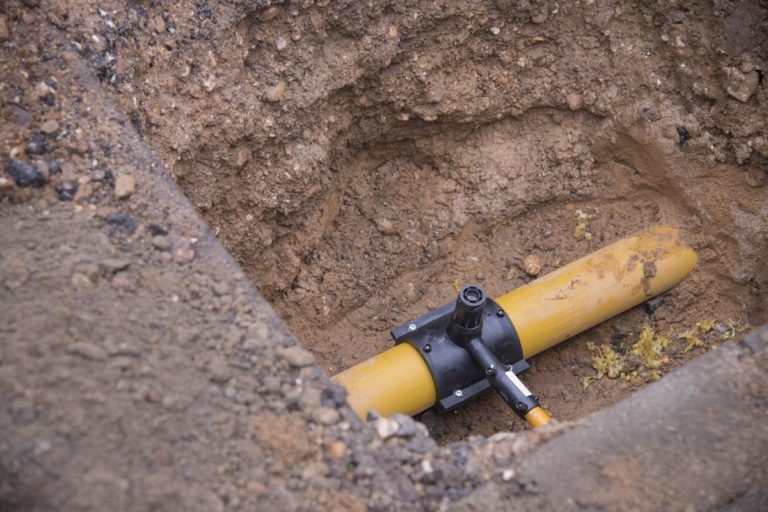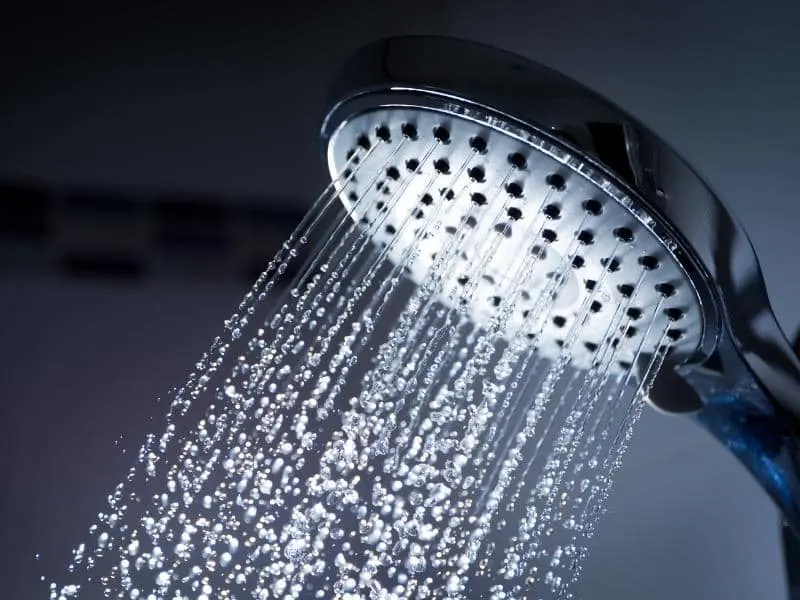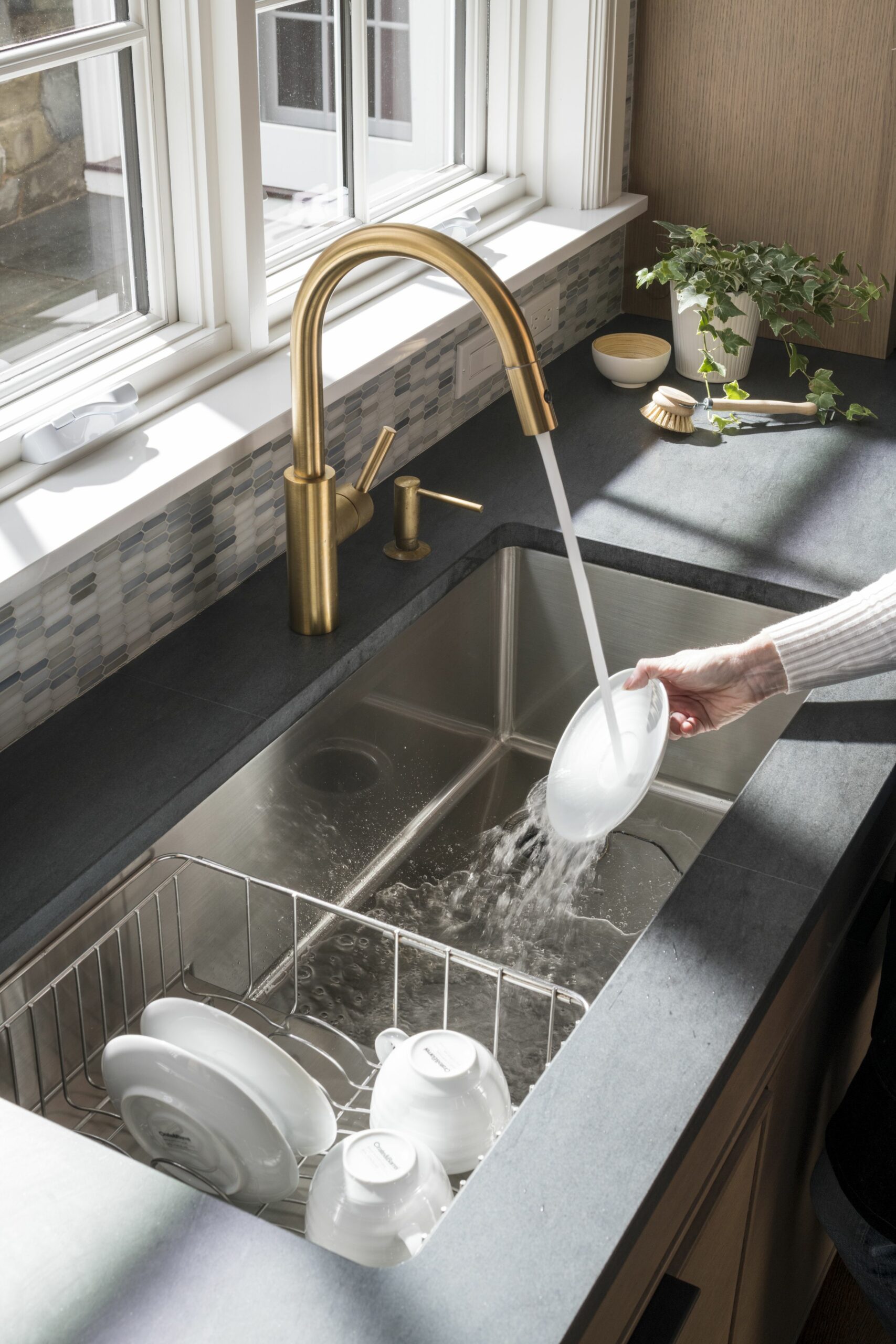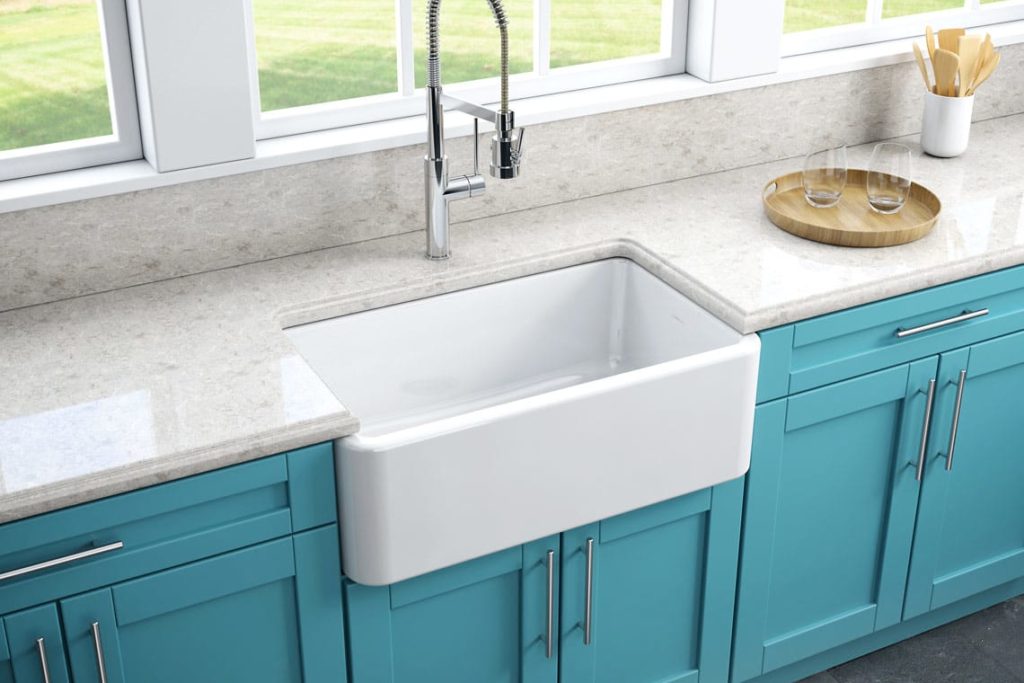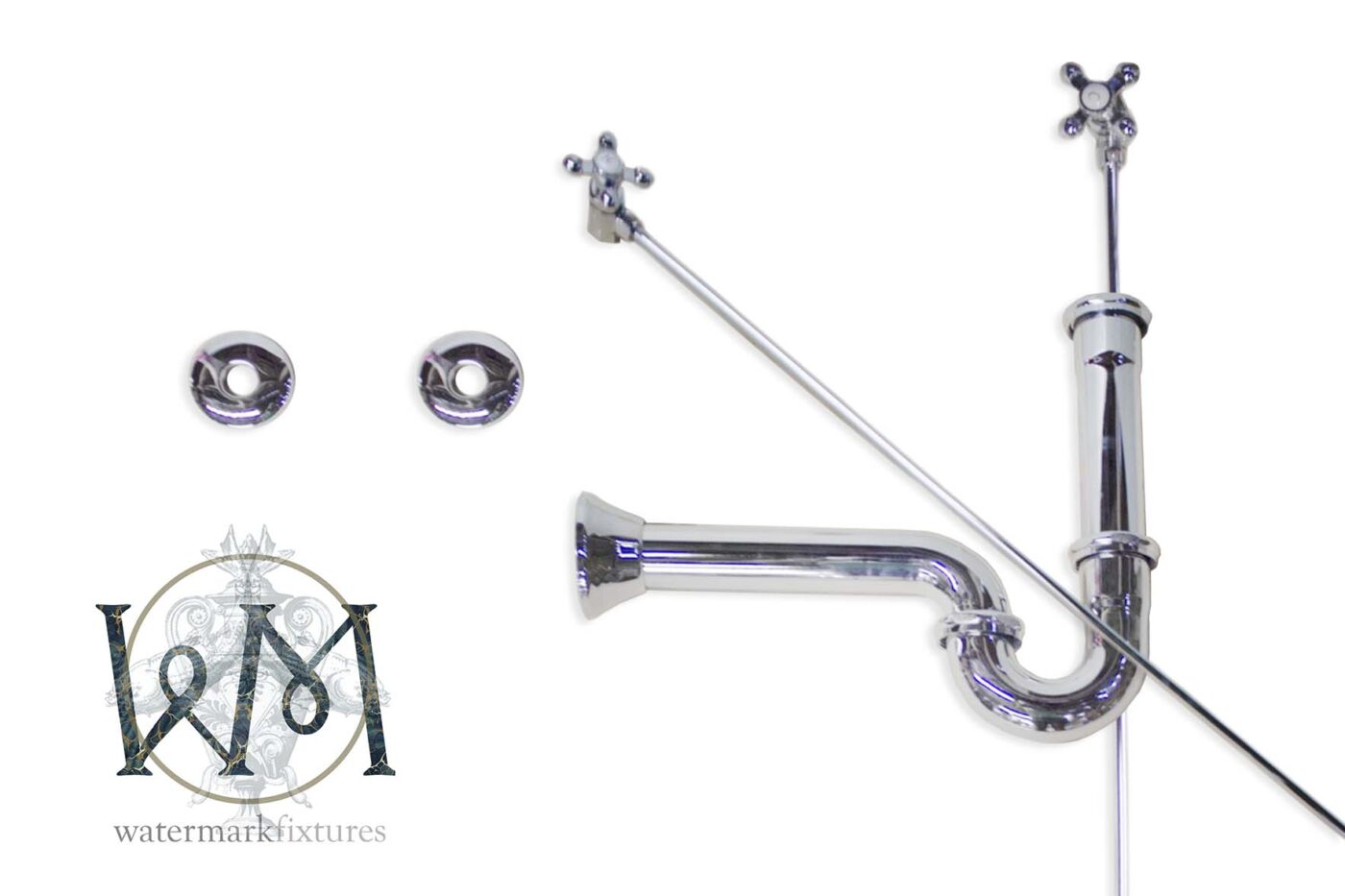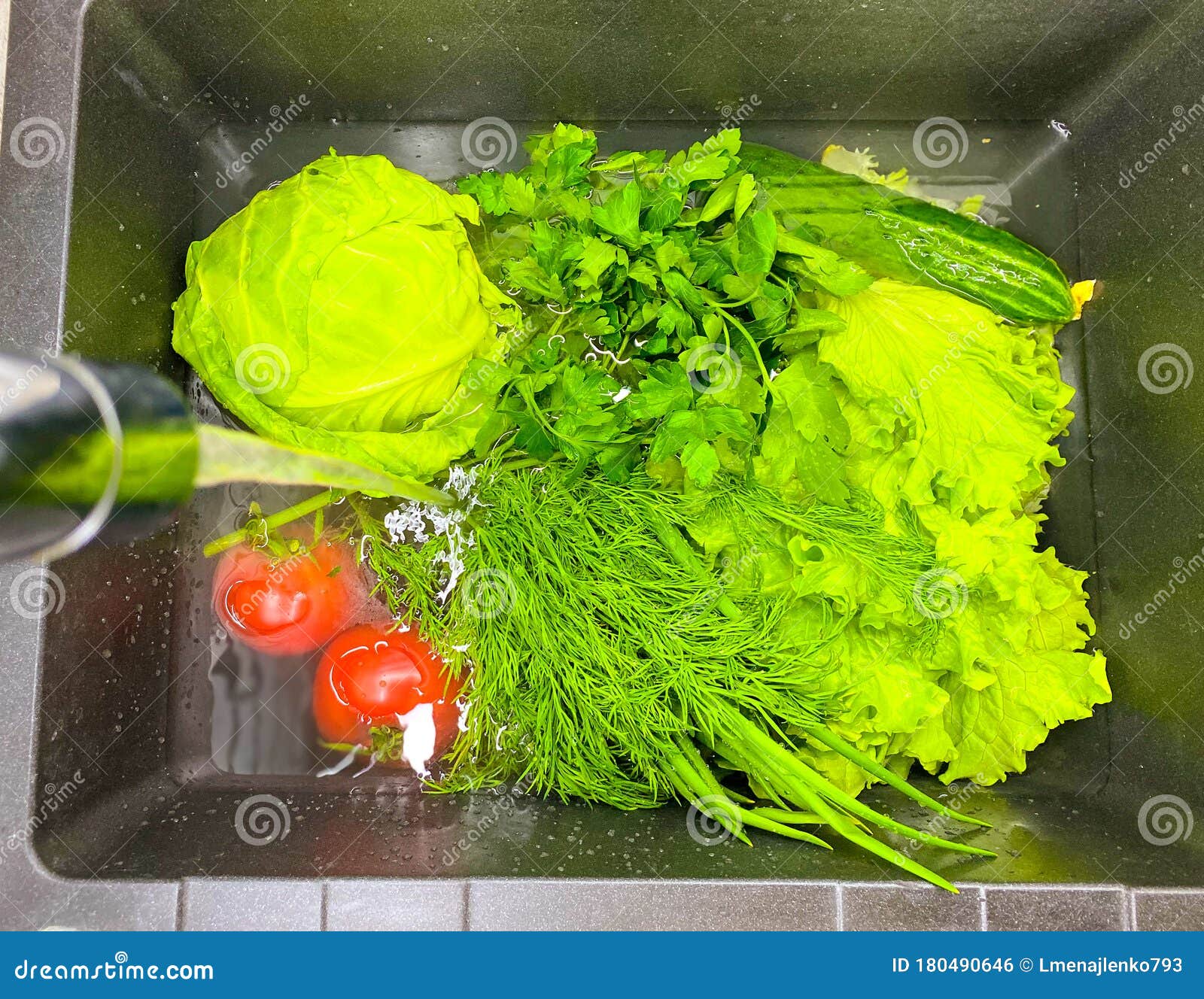When it comes to the plumbing in your kitchen, one of the most important things to consider is the size of your water lines. This is especially true for your kitchen sink, as it is the primary source of water for cooking, cleaning, and drinking. But with so many options out there, it can be confusing to determine the right size for your kitchen sink water line. In this article, we will discuss everything you need to know about standard kitchen sink water line sizes and how to choose the correct one for your needs.1. Standard Kitchen Sink Water Line Size: What You Need to Know
The first step in determining the right size for your kitchen sink water line is to consider your water usage. If you have a larger household or use a lot of water in the kitchen, you will need a larger water line. On the other hand, if you have a smaller household or minimal water usage, a smaller water line may suffice. It is also important to consider the size and type of your kitchen sink. A larger and deeper sink will require a larger water line to provide adequate water pressure. Similarly, if you have a double sink or a sink with additional features such as a garbage disposal or filtered water faucet, you will need a larger water line to accommodate these features. Lastly, you should also consider the distance between your kitchen sink and the main water supply. The longer the distance, the larger the water line you will need to ensure sufficient water pressure.2. How to Determine the Right Size for Your Kitchen Sink Water Line
When it comes to kitchen sink water lines, there are three main sizes to consider: 3/8 inch, 1/2 inch, and 3/4 inch. The most common size for kitchen sink water lines is 1/2 inch, but this may vary depending on your specific needs. The 3/8 inch water line is the smallest and is typically used for low-flow fixtures such as faucets and toilets. It can also be used for small kitchen sinks with minimal water usage. The 1/2 inch water line is the standard size for most kitchen sinks. It provides a good balance between water pressure and flow rate, making it suitable for most households. The 3/4 inch water line is the largest and is typically used for high-flow fixtures such as showers and sprinkler systems. It may also be used for larger and deeper kitchen sinks with high water usage.3. Understanding the Different Sizes of Kitchen Sink Water Lines
Now that you have a better understanding of the different water line sizes, you can make an informed decision on the correct size for your kitchen sink. As mentioned earlier, the key factors to consider are your water usage, kitchen sink size, and distance from the main water supply. If you are still unsure, it is always best to consult a plumber who can assess your specific needs and recommend the appropriate water line size for your kitchen sink.4. Choosing the Correct Water Line Size for Your Kitchen Sink
Choosing the correct water line size for your kitchen sink is crucial for ensuring proper water pressure and flow rate. If the water line is too small, you will experience low water pressure, which can be frustrating and even impact the functionality of your kitchen sink. On the other hand, if the water line is too large, it can lead to wasted water and higher utility bills. Properly sized water lines also help prevent leaks, clogs, and other plumbing issues, saving you from costly repairs and replacements in the long run.5. The Importance of Properly Sized Water Lines for Your Kitchen Sink
One of the most common mistakes when selecting the size of a kitchen sink water line is assuming that a larger water line is always better. As mentioned earlier, a larger water line may result in wasted water and higher utility bills, so it is important to choose the right size for your specific needs. Another mistake is not considering the distance from the main water supply. This can greatly impact the water pressure and flow rate in your kitchen sink, so it is important to factor this in when choosing the water line size.6. Common Mistakes When Selecting the Size of Your Kitchen Sink Water Line
If you are planning to install a new kitchen sink or replace your existing water line, here are some tips to help you measure and choose the right size: - Measure the distance from your kitchen sink to the main water supply to determine the length of water line you will need. - Consider the size and type of your kitchen sink and its intended usage to determine the appropriate water line size. - Consult a plumber for professional advice on the correct water line size for your specific needs.7. Tips for Measuring and Choosing the Right Size Water Line for Your Kitchen Sink
To give you a better idea, here are the standard water line sizes for common kitchen sink configurations: - For a single sink with minimal water usage, a 3/8 inch water line may suffice. - For a standard single or double sink, a 1/2 inch water line is recommended. - For a large or deep single or double sink with high water usage, a 3/4 inch water line is recommended.8. Standard Water Line Sizes for Common Kitchen Sink Configurations
If you are installing a new kitchen sink water line, it is important to choose the correct size and follow proper installation procedures. Here are the general steps for installing a kitchen sink water line: - Shut off the main water supply and drain any remaining water from the pipes. - Measure and cut the water line to the appropriate length. - Install the water line onto the shutoff valve and the water line connector on the sink. - Turn the main water supply back on and check for any leaks. - Adjust the water pressure if needed.9. How to Install a Kitchen Sink Water Line of the Correct Size
If you are experiencing issues with your kitchen sink water line, here are some common problems and solutions: - Low water pressure: This may indicate a water line that is too small. Consider upgrading to a larger size. - High water bills: This may indicate a water line that is too large. Consider downsizing to a more appropriate size. - Leaks or clogs: These can be caused by improper installation or a water line that is too small. Consult a plumber for professional help. With the right size and proper installation, your kitchen sink water line should provide adequate water pressure and flow rate for all your daily needs. Remember to consider your specific usage and consult a professional if needed to ensure the best results.10. Troubleshooting Common Issues with Kitchen Sink Water Line Sizes
The Importance of Choosing the Right Kitchen Sink Water Line Size

Why is the Standard Kitchen Sink Water Line Size Important?
 When designing a kitchen, many homeowners focus on the aesthetics of the space, such as the countertops, cabinets, and appliances. However, one crucial element that often gets overlooked is the size of the kitchen sink water line. While it may not seem like a significant factor, the size of your water line can have a significant impact on the functionality of your kitchen.
One of the main reasons why the standard kitchen sink water line size is essential is because it affects the water pressure and flow rate
in your sink. If the water line is too small, it can result in low water pressure, which can be frustrating when trying to wash dishes or fill up pots. On the other hand, if the water line is too large, it can lead to a higher flow rate, which can waste water and increase your utility bills. Therefore, choosing the right size for your water line is crucial for optimal performance and efficiency.
When designing a kitchen, many homeowners focus on the aesthetics of the space, such as the countertops, cabinets, and appliances. However, one crucial element that often gets overlooked is the size of the kitchen sink water line. While it may not seem like a significant factor, the size of your water line can have a significant impact on the functionality of your kitchen.
One of the main reasons why the standard kitchen sink water line size is essential is because it affects the water pressure and flow rate
in your sink. If the water line is too small, it can result in low water pressure, which can be frustrating when trying to wash dishes or fill up pots. On the other hand, if the water line is too large, it can lead to a higher flow rate, which can waste water and increase your utility bills. Therefore, choosing the right size for your water line is crucial for optimal performance and efficiency.
Factors to Consider When Choosing the Standard Kitchen Sink Water Line Size
 When determining the appropriate size for your kitchen sink water line, there are several factors to consider. One essential factor is the
distance between your sink and the main water supply line
. The longer the distance, the larger the water line will need to be to maintain adequate water pressure. Additionally,
the number of fixtures connected to your main water supply line
can also affect the size of your kitchen sink water line. The more fixtures, such as other sinks, showers, and toilets, the larger the water line will need to be to accommodate the additional water demand.
Another crucial consideration is
the type of material used for your water line
. Different materials have varying flow rates, and some may be more prone to corrosion or leaks.
It is recommended to choose a durable material such as copper or PVC for your kitchen sink water line
to ensure longevity and prevent any potential plumbing issues.
When determining the appropriate size for your kitchen sink water line, there are several factors to consider. One essential factor is the
distance between your sink and the main water supply line
. The longer the distance, the larger the water line will need to be to maintain adequate water pressure. Additionally,
the number of fixtures connected to your main water supply line
can also affect the size of your kitchen sink water line. The more fixtures, such as other sinks, showers, and toilets, the larger the water line will need to be to accommodate the additional water demand.
Another crucial consideration is
the type of material used for your water line
. Different materials have varying flow rates, and some may be more prone to corrosion or leaks.
It is recommended to choose a durable material such as copper or PVC for your kitchen sink water line
to ensure longevity and prevent any potential plumbing issues.
Benefits of Choosing the Right Kitchen Sink Water Line Size
 Opting for the standard kitchen sink water line size can have several benefits for your home. Firstly, it can help
maintain adequate water pressure and flow rate
, resulting in a more efficient and enjoyable kitchen experience. It can also
prevent clogs and backups
in your sink, as a larger water line can handle more significant quantities of water and debris. Additionally, choosing the right size for your kitchen sink water line can also
save you money in the long run
by reducing the risk of costly plumbing repairs.
In conclusion, the size of your kitchen sink water line may seem like a minor detail in the grand scheme of house design. However, it plays a significant role in the functionality and efficiency of your kitchen. By considering various factors and opting for the standard kitchen sink water line size, you can ensure optimal performance and avoid any potential plumbing issues.
Opting for the standard kitchen sink water line size can have several benefits for your home. Firstly, it can help
maintain adequate water pressure and flow rate
, resulting in a more efficient and enjoyable kitchen experience. It can also
prevent clogs and backups
in your sink, as a larger water line can handle more significant quantities of water and debris. Additionally, choosing the right size for your kitchen sink water line can also
save you money in the long run
by reducing the risk of costly plumbing repairs.
In conclusion, the size of your kitchen sink water line may seem like a minor detail in the grand scheme of house design. However, it plays a significant role in the functionality and efficiency of your kitchen. By considering various factors and opting for the standard kitchen sink water line size, you can ensure optimal performance and avoid any potential plumbing issues.


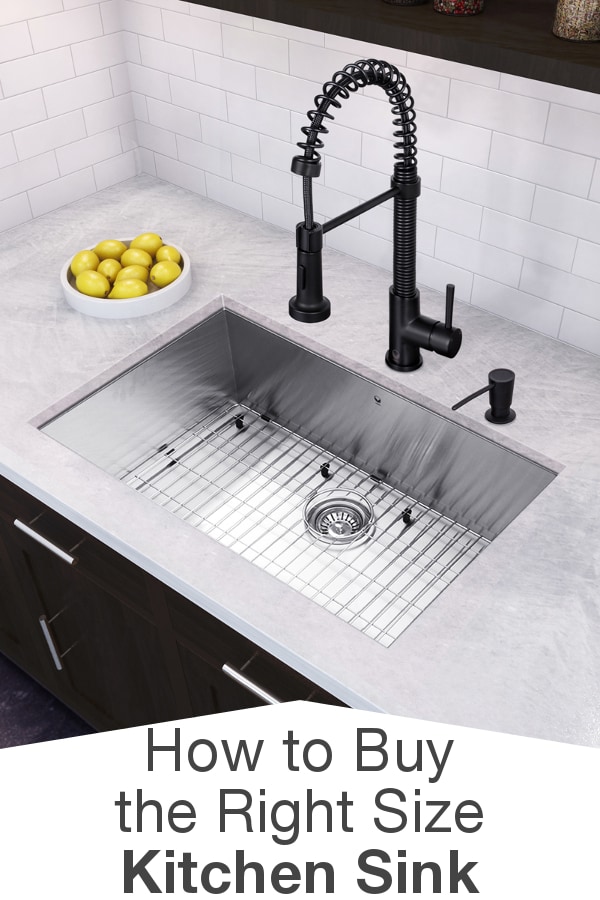











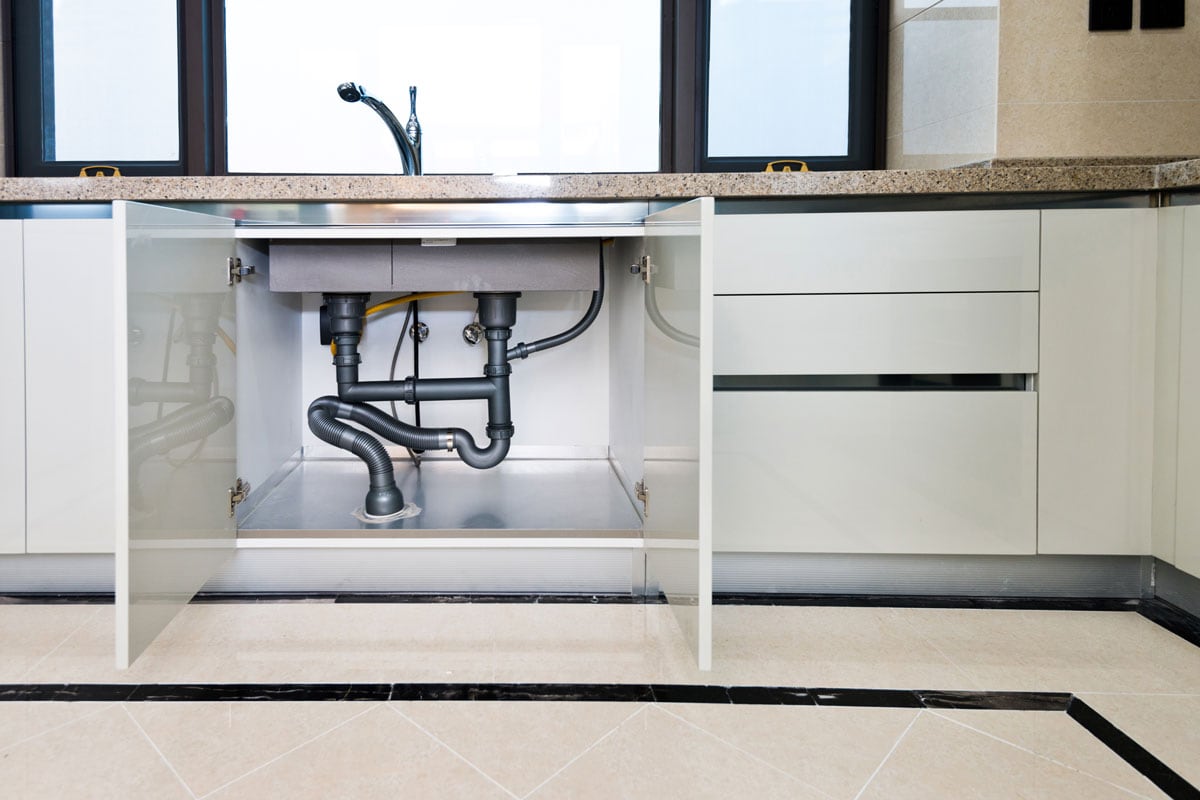






















:max_bytes(150000):strip_icc()/Basic-kitchen-sink-types-1821207_color_rev-0b539306b9ef4236a136624ad2a89a4c.jpg)
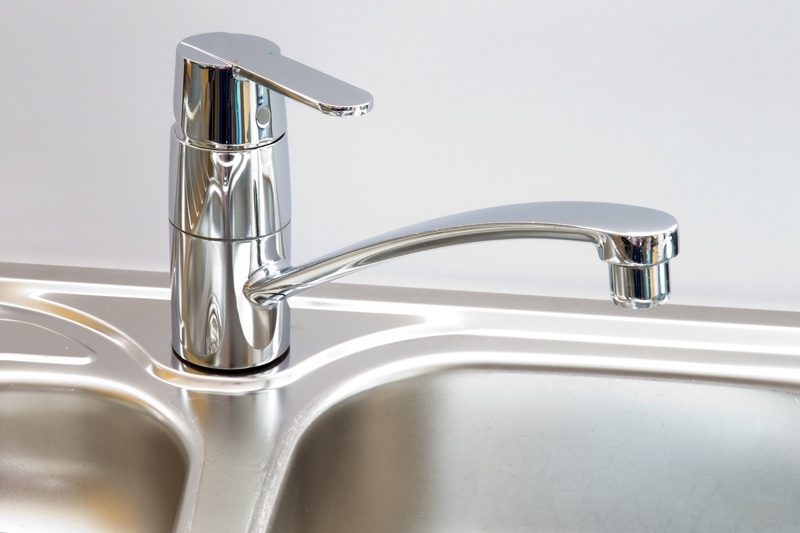















:strip_icc()/the-best-faucet-water-filters-tout-e12965b76d744ff8b7959660084b11d9.jpg)
